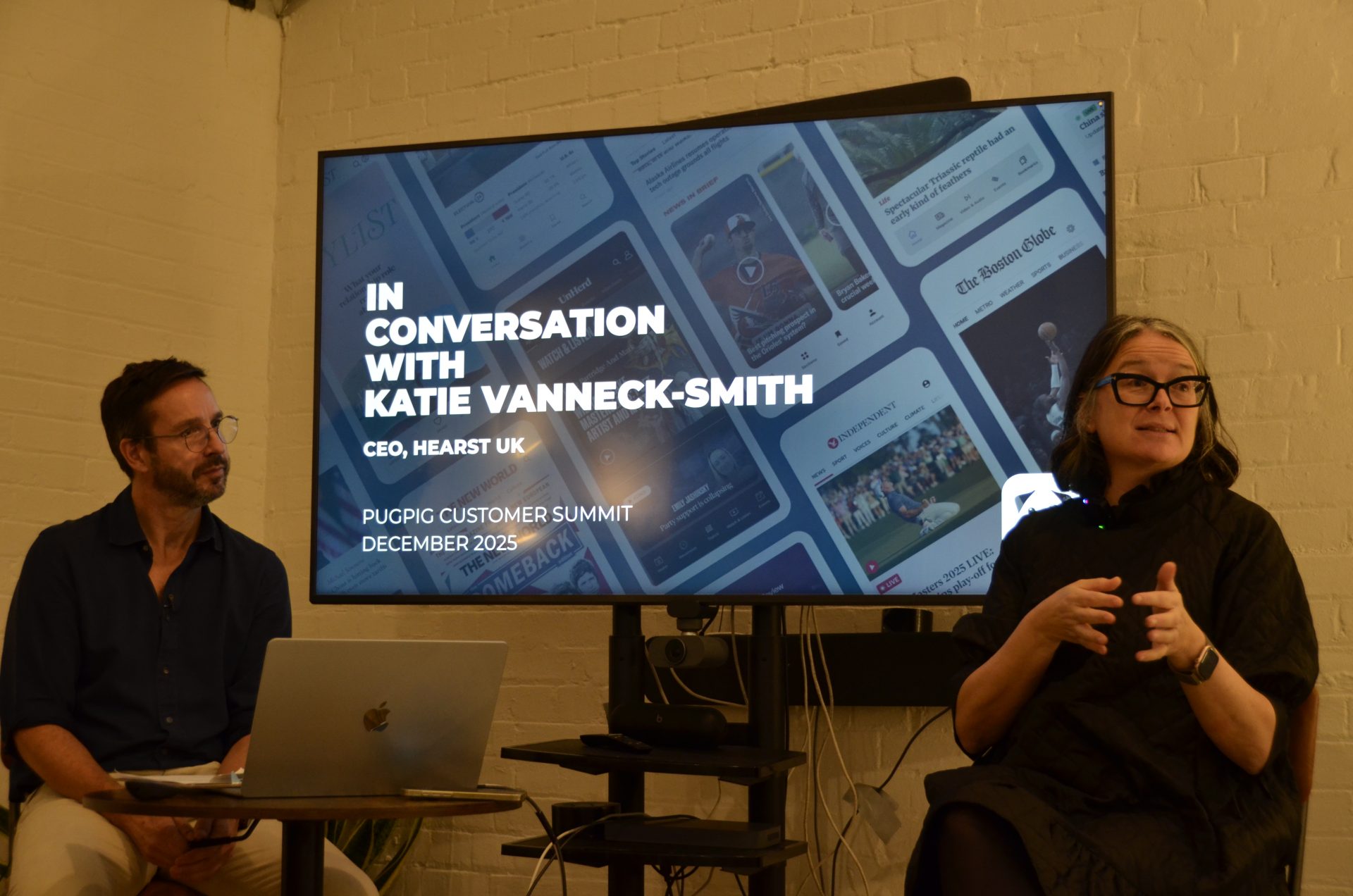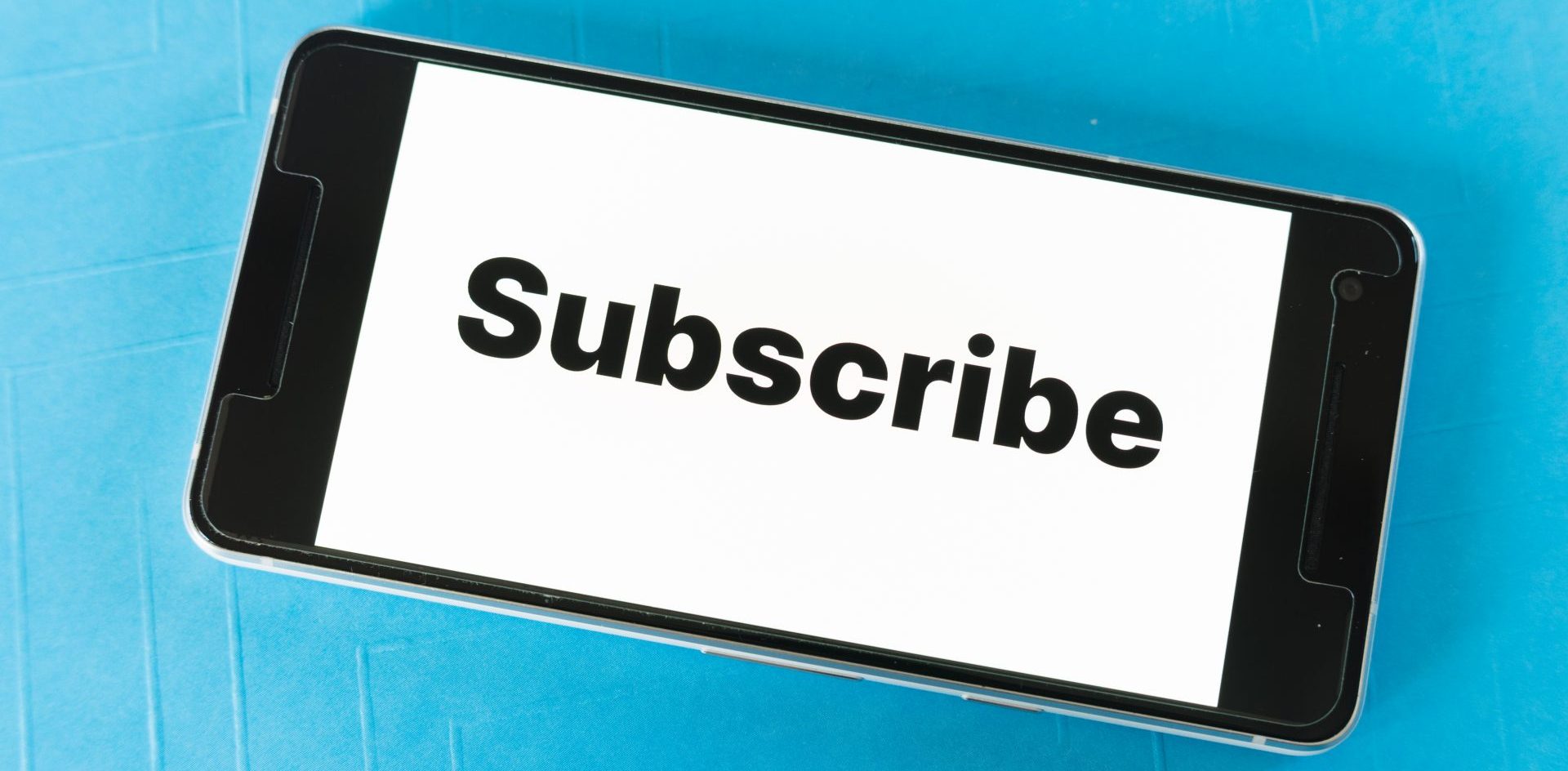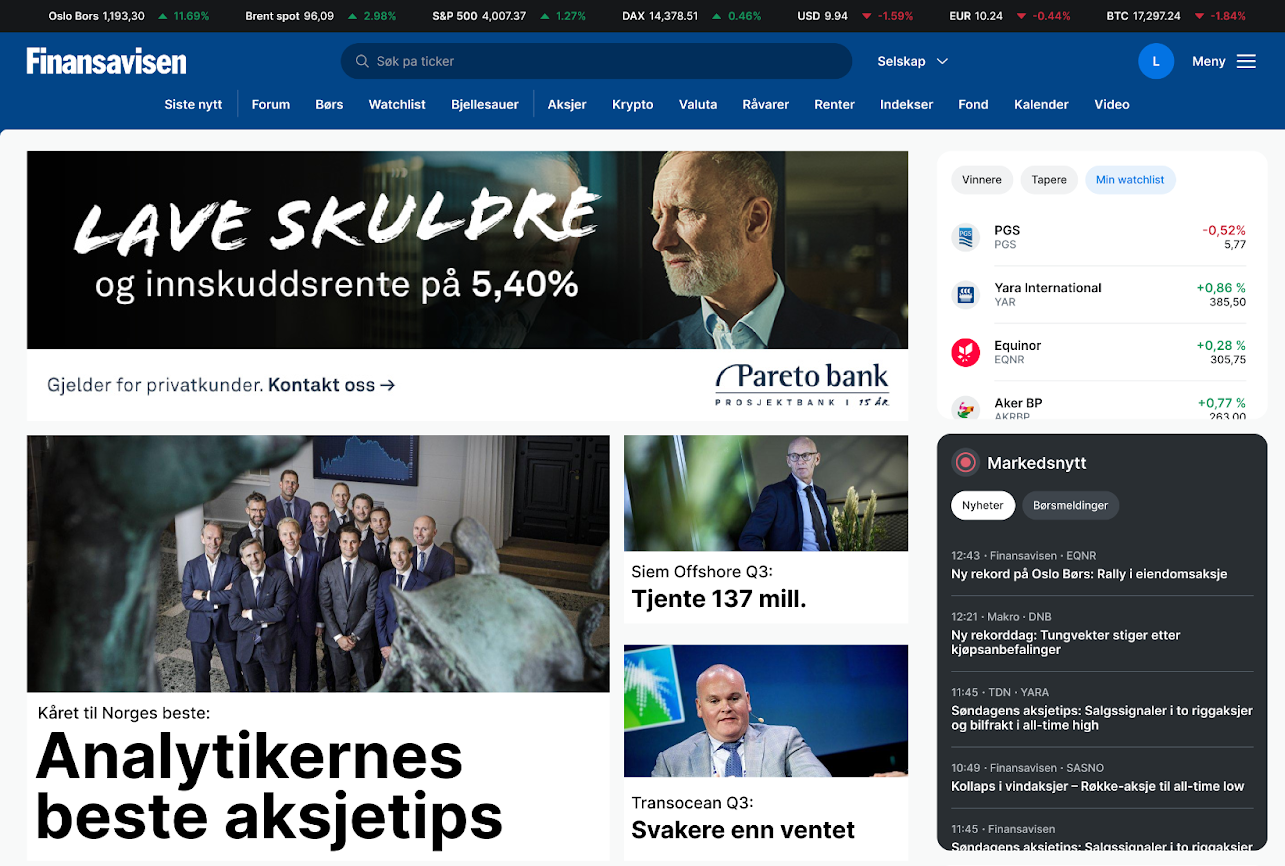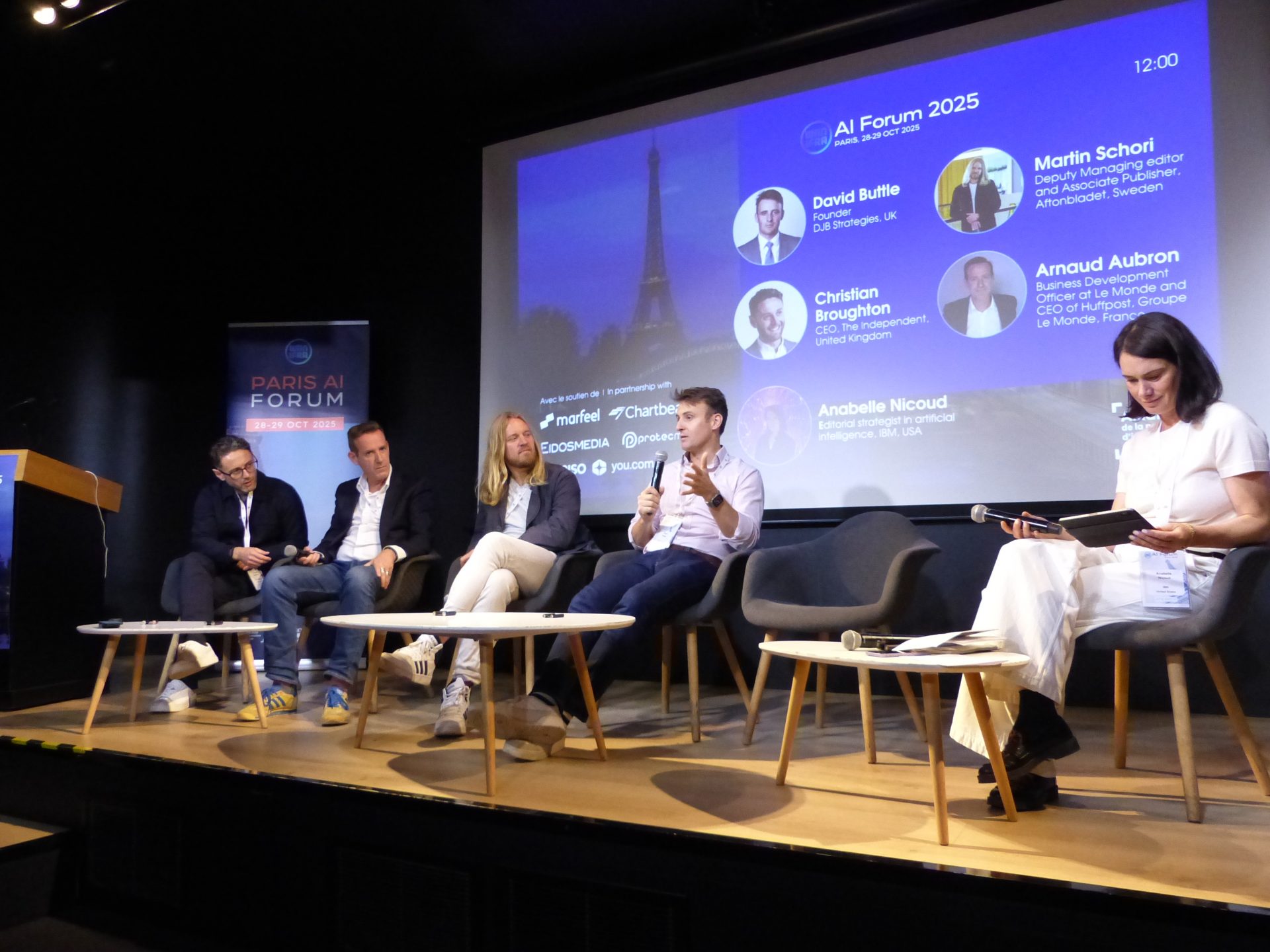
Newsletter
Newsletter
A rising number of successful small, independent publishers is showing reader revenue success isn’t just for big media.
30th August 2024

While reader revenue has lifted the fortunes of major national and business publishers like The New York Times and Financial Times, it also holds promise for smaller, independent publishers.
The New York Times helped to show the way forward towards a subscription-driven future, and at the end of 2023, 67% of its revenue came from subscriptions, with most of that (63%) from digital subscriptions.
However, a publisher doesn’t need the scale of The New York Times to succeed with reader revenue. Journalists in Slovakia launched Denník N a decade ago after an oligarch bought the country’s largest newspaper. Three years after its launch, it became profitable and now earns enough from subscriptions and donations to pay 70% of its newsroom costs. Its model has supported expansion into the Czech Republic and Hungary.
Denník N provides an example of how a start-up can scale by building on a foundation of reader revenue. It also demonstrates the importance of data and the metrics it uses to drive its subscription business.
Denník N’s freemium approach is quite simple but at the same time novel. Rather than a metered approach that offers a certain number of articles for free before asking readers to subscribe, their shorter articles are free but longer, more in-depth articles are paywalled. They produce fewer but higher-impact articles, Tomas Bella, Chief Digital Officer and co-founder of the company, told the recent WAN-IFRA Congress in Copenhagen.
A value-over-volume content strategy is becoming common amongst independent publishers such as Mill Media in the UK or The Ken in India. The Ken attracted 30,000 subscribers in five years by publishing one story a day. The mantra is quality over quantity, and it is paying off for these outlets.
Moreover, Denník N’s data strategy shows how the careful choice of metrics aligns its newsrooms with user needs and its business model. Every journalist receives data on which of their stories led to the most subscription conversions in daily and weekly emails from its open-source Readers’ Engagement and Monetisation Platform. The group focuses on:
The data has had an impact on the work of their journalists. In the eight years since the news organisation launched, journalists are writing fewer stories, but the average length of articles has doubled.
“We learnt that we have to be digital-first and focus on journalism that matters (not average 500-word stories every news site has). So we focus on metrics that matter, not clicks.” Filip Struhárik, a reporter and editor at Denník N, told the European Journalism Centre.
In addition to data, Denník N incentivises journalists to write stories that convert through monthly bonuses that can make up 5-20% of their overall compensation.
As we have said, metrics evolve as publishers’ strategies mature and respond to market conditions. Our recent State of Mobile Publishing Report found that publishers have shifted their focus to retention as acquisition has become more challenging. It still is a balancing act. To manage it, publishers have added metrics to ensure acquisition doesn’t lead to higher churn. For subscriber acquisition, Austrian publisher Die Presse focuses on pageviews and engagement metrics when assessing content performance. The engagement metrics include newsletter subscriptions, time on page and author subscriptions, according to Lukas Gorog, Data Strategist at the paper. For retention, they specifically focus on the engagement of loyal readers so that they can measure the frequency and regularity of the use by their subscribers.
As we have written about, subscription growth has stalled for some publishers, according to research from the Reuters Institute.
Not having enough regular readers is one of the major reasons publishers have seen their subscription growth plateau, INMA’s Greg Piechota said. That is why publishers like Die Presse focus on serving its loyal readers. Generating engagement amongst audiences is what drives conversion. Once a reader subscribes, it is important to create habits and communicate the value of their subscription immediately. Subscription technology platform Piano has shown new subscribers at a high risk of churn. Almost a third of subscriber churn happens within 24 hours after purchase.
Another reason for stalled subscription growth is that news organisations don’t understand the needs and preferences of readers. In 2020, INMA polled journalism leaders about how news leaders prioritised product decisions, with 38% saying they relied on gut instinct and 15% saying they were doing what their boss told them.
With subscriptions being such a critical revenue stream, Bella, Denník N CDO and co-founder, said the newspaper conducts periodic reviews of the topics that generate the most subscriptions to make sure its editorial priorities are consistent with what its audience wants.
With the focus on the big subscription titans of publishing, reader revenue models seem out of reach for small, independent publishers. Denník N and The Ken demonstrate that reader revenue models can scale down. However, their models look very different from the multi-product bundles that are successful for large publishers targeting national or international markets. Apart from their value-over-volume content strategies, their subscription models are innovative.
Denník N’s most popular subscription tier is a monthly basic subscription that gives readers access to the website and apps. Unlike many businesses that only allow new subscribers to take advantage of special offers, Denník N opens them to all readers. If they have a January sale, existing subscribers can take advantage of it, which has been a powerful retention tool for them. They also launched a special discount double that of Slovakia’s usually low voter turnout in an election. The turnout was only 22.74% so new and existing readers received a 45% discount, which attracted 8000 takers, according to the European Journalism Centre.
The Ken launched with coverage of technology and start-ups in India and has expanded its model to Singapore, Malaysia, Indonesia and Thailand. With its niche, business-focused coverage, 100% of its revenue comes from subscriptions. It built its own self-serve corporate subscription service, and by 2021, The Ken counted 150 companies in India and elsewhere as subscribers. Students keen to break into tech make up a large part of their subscription base, and the publisher has special student and campus subscriptions. “The top 20 postgraduate colleges in India all subscribe,” co-founder and CEO Rohin Dharmakumar told the Reuters Institute. While The Ken faces the churn challenge that most publishers do, 98% of their subscribers were on one or three-year plans.
These rising number of small, indie publishers have lessons others can follow, including:
Here are some of the most important headlines about the business of news and publishing as well as strategies and tactics in product management, analytics and audience engagement.

Newsletter

Newsletter

Newsletter

Newsletter

Newsletter